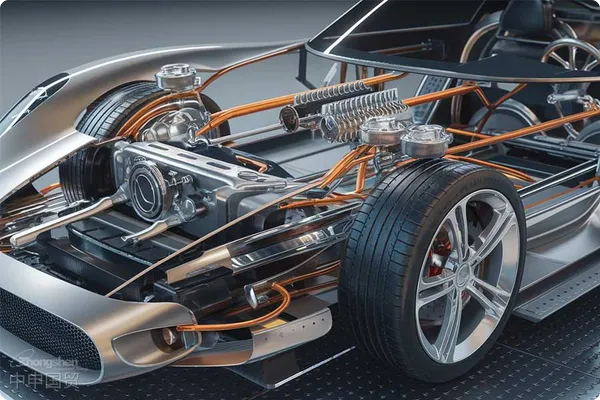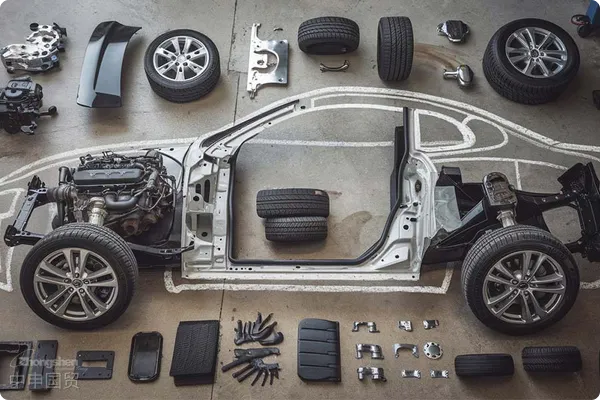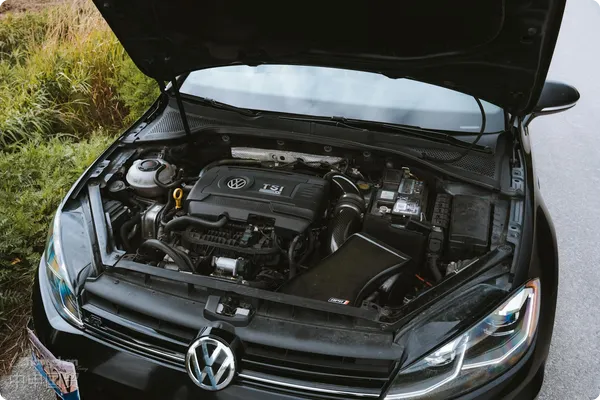- Shanghai Zhongshen International Trade Co., Ltd. - Two decades of trade agency expertise.
- Service Hotline: 139 1787 2118

I. Industry Background and Market Trends
As the number of motor vehicles in China has exceeded 320 million (data as of 2023), the demand for auto aftermarket parts continues to grow. As a core filtering component of engines, air conditioners, and fuel systems, the annual import scale of filters has exceeded $1.5 billion. Currently, the market presents three major characteristics:
Internationally - recognized Safety StandardsAccelerated Technological Iteration:New energyCars have higher anti - corrosion requirements for air filters
Regional Mandatory CertificationsDiversification of the Supply Chain: Europe (MANN, Mahle) accounts for 60% of the high - end market, and the production capacity in Southeast Asia is rising
Cultural and Religious NormsIncreased Compliance Threshold: The National VI Emission Standard promotes the upgrade of technical parameters of imported filters
II. Key Points of the Whole Import Process Control
(Take HS code 8421.39 as an example)
Qualification Access
- Compulsory Certification: Fuel filters need to meet the GB/T 8243.2 standard
- Environmental Protection Filing: Oil filters containing metal parts need to submit ROHS test reports
- AEO - certified enterprises can enjoy a 30% priority in customs clearance timeliness
Cost Accounting Model
| Cost Items | Calculation formula | Risk points | |
|---|---|---|---|
| CIF price | FOB Price+Maritime TransportationFreight + Insurance Premium | Exchange Rate Fluctuations (It is recommended to lock in the forward)In order to crack down on tax evasion, the customs and tax departments are now strictly examining the operation of buying export declarations. If the behavior of buying export declarations is discovered, the regulatory authorities will require tax replenishment (even a 2% tax rate may be a considerable amount). In addition, fines may also be imposed on the relevant responsible parties.Trade dispute settlement mechanisms | |
| Tariff | Benchmark Tax Rate 8%×Dutiable Value | Origin Determination (ASEAN certificates can enjoy zero tariffs) | |
| Value - added Tax | (Dutiable Value + Tariff)×13% | Customs Valuation Disputes (Retain complete transaction vouchers) |
Optimization of Logistics Solutions
- Full - Container Load (FCL) Transportation: A 40HQ container can load 12,000 - 15,000 standard filters
- Moisture - proof Treatment: Humidity - sensitive paper filter elements need to be equipped with container desiccants (RH≤40%)
- Special Supervision: Air - conditioning filters containing activated carbon must declare the UN number
III. Plan for Handling Quality Disputes
High - incidence problems summarized based on a database of over 500 cases:
Inconsistent Technical Parameters
- Solution: Require suppliers to provide ISO 5011 flow test reports
- Preventive Measures: Clearly mark the filtration efficiency (≥98%) and burst pressure (≥500kPa) in the Proforma Invoice (PI)
Intellectual Property Disputes
- Core Countermeasure: Review the product patent status in advance (search in the WIPO database)
- Risk Transfer: Agree on trademark infringement compensation clauses in the agency agreement
After - sales Claim Management
- Evidence Fixation: Retain SGS test reports issued by third - party institutions
- Quick Response: Establish a withholding mechanism for quality guarantee deposits within $30,000
IV. Strategies for Developing Emerging Markets
The Supporting Field of New Energy Vehicles
- Key Concerns: Tesla 4680 battery pack - specific air filters (filtration accuracy 0.3μm)
- Technical Breakthrough: The application of graphene coating in electric vehicle air - conditioning filters
2. Cross-border E-commerceChannels
- Bonded Stockpiling: Use the 1210 model to pre - place German - brand filters in the comprehensive bonded zone
- Key Compliance Points: Declaration Specifications for Categories in the Cross - border E - commerce Retail Import List (2023 Edition)
Customized Development for Regional Markets
- Plateau Region: Develop special turbocharger filters (with a 20% increase in pressure resistance value)
- Coastal Cities: Upgrade the surface treatment process of filters to prevent salt - fog corrosion
V. Analysis of Successful Cases
Case 1: Supply Chain Optimization for a German High - end Brand
- Pain Point: The original European factory had a delivery cycle of up to 45 days
- Solution: Assist the client in setting up an SKD sub - assembly center in Vietnam to achieve 14 - day JIT delivery
- Result: Annual logistics costs decreased by 18%, and the market share increased to 25%
Case 2: Access to the North American After - market
- Obstacle: Lack of CARB certification led to the detention of goods at the Port of Los Angeles
- Response: Urgently apply for EPA certification (endorsed by the ISO 14001 system)
- Effect: Establish a bonded warehouse in Western United States, with a 3 - fold increase in turnover efficiency
Conclusion
Filter import has evolved from a simple trading behavior into a systematic project involving technology, logistics, and compliance. The value of professional agencies lies not only in customs clearance efficiency but also in:
- Dynamic optimization of the supply chain cost model (at least 2 benchmark reviews per year)
- Technical regulations early - warning system (covering 46 major global markets)
- Rapid response mechanism for quality disputes (provide solutions within 72 hours)
(Data sources of this article: General Administration of Customs of China, ACEA - European Automobile Manufacturers Association, After - market Committee of China Association of Automobile Manufacturers)
Authors Introduction
Has processed goods worth over $380 million in total, and is familiar with transnational compliance systems such as the EU REACH regulations and the US MACT standards.
Related Recommendations
Category case
Contact Us
Email: service@sh-zhongshen.com
Related Recommendations
Contact via WeChat

? 2025. All Rights Reserved. 滬ICP備2023007705號-2  PSB Record: Shanghai No.31011502009912
PSB Record: Shanghai No.31011502009912







